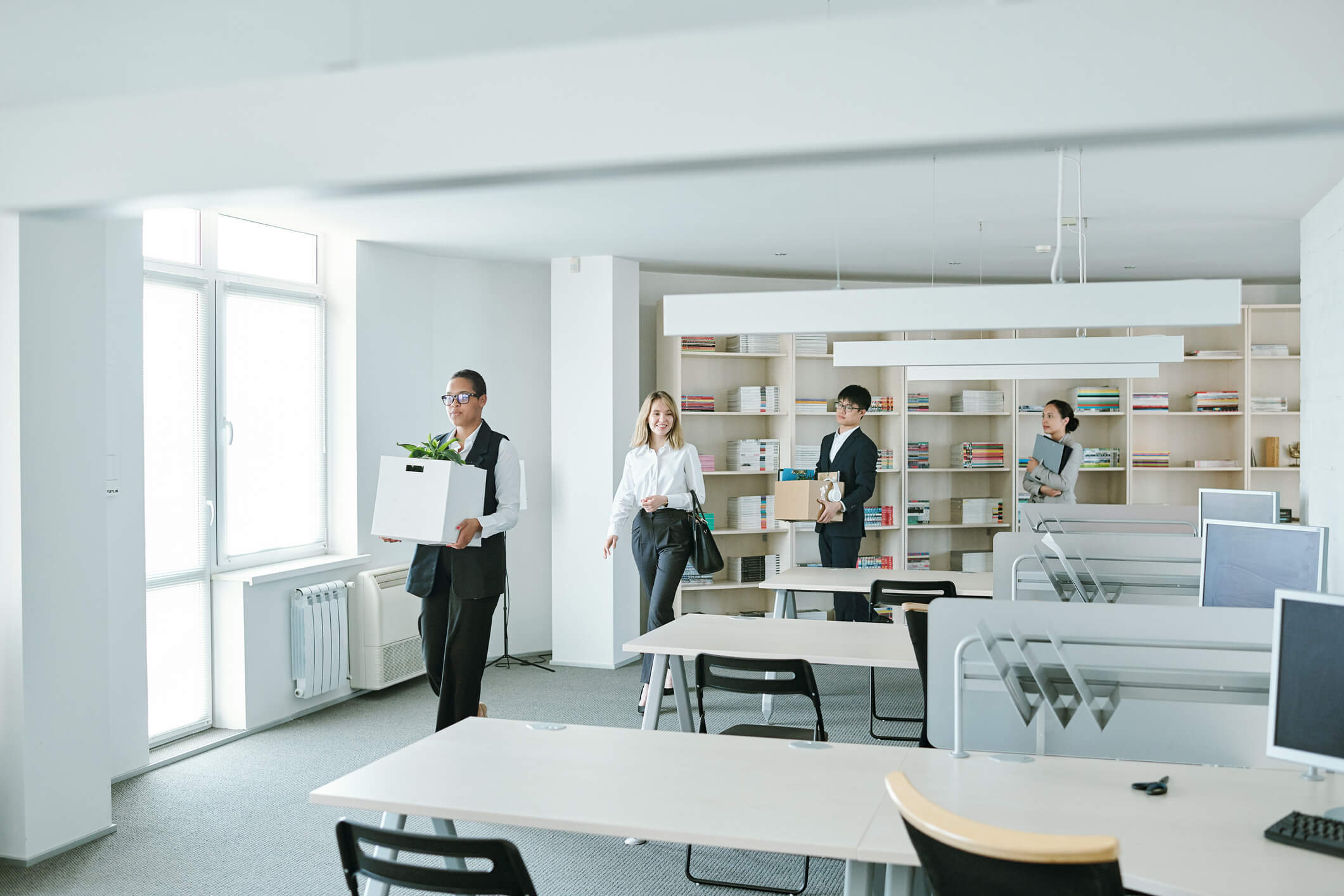 Although it is easy to forget during these days of “all COVID all the time”, there is a myriad of other crises that might force you to close your regular working locations due to physical damage, such as from a destructive storm, wildfire, or – my personal favorite – a broken water pipe. For these “normal” office closures, there are some considerations to give thought to and plan for appropriately that are specific to when your office is closed for repair and when you are returning to work.
Although it is easy to forget during these days of “all COVID all the time”, there is a myriad of other crises that might force you to close your regular working locations due to physical damage, such as from a destructive storm, wildfire, or – my personal favorite – a broken water pipe. For these “normal” office closures, there are some considerations to give thought to and plan for appropriately that are specific to when your office is closed for repair and when you are returning to work.
First, a note about immediate needs after the damage has occurred. It is likely that you won’t be able to let staff in to collect their personal or business items. Normally, damage severe enough to close your office means that you also can’t let unauthorized people into the area. For example, there could be electrical hazards that require a great deal of care. You should give consideration to hiring a professional office moving company to pack up each desk and store contents in boxes for the duration.
That process worked very well for a company I worked for in the past that faced three flooded floors after a high-pressure water pipe broke one Sunday morning. The movers packed up everything – they didn’t try to make their own judgments about what was salvageable. We were lucky that the office tower was connected to empty retail space on the lower level. We rented it as storage for the eight weeks it would take to completely gut and rebuild the floors. Later that week after the movers relocated all employee items, we allowed those impacted to come to the rented space. The moving team would pull the boxes associated with their desks and allow them to go through their belongings to determine what they wanted to take home and what they wanted to put back into storage.
We also had forms so that they could make a claim for any personal items ruined by the water (you have no idea how many pairs of shoes people keep under their desk until they all get wet!). It was a great process, but our lesson learned was that we should have required everyone impacted to go through their belongings – because wet items stored for 8 weeks get mildewed. We had to reopen the claims process for that and because two or three items were lost and not returned to people’s new desks by the moving company. Not bad for an event impacting approximately 750 people though.
We did a few other things to return to the office that worked really well and could be applied to other similar situations:
- Technology: We lucked out that the people who worked on those flooded floors were from the technology department – the one team that actually wanted to bring their laptops home after work every night. We had the technology repair team onsite to pull all computers off of desks bright and early Monday morning. We thought that we would have a huge delay in getting enough laptops to replace those beyond help, but it turned out that most of what was left behind did work, and we only had to come up with 10 or so loaners. Really, if you don’t already, require your staff to take their computers home every night so that you can be in the same lucky position. Because there will always be some left behind, make sure that you know who you will partner with in IT to collect, test, and repair/replace them as appropriate. Depending on the severity of the crisis, you might not have a ready supply of replacement laptops available, so it’s best to not need them in the first place.
- Signage: One of the floors was only partially closed, so we had temporary walls separating where people were still working from the construction area. We put out markers and encouraged people to write messages and draw pictures on the sheetrock. If you have to work in a less than ideal space, why not try to make it fun?
- Communication: We opened up a construction “wiki” intranet site that provided updates on construction and served as an information risk management resource hub for those that had been displaced. Each week, I visited the floors under construction to take pictures that I could share to show progress. Because we restricted access to only those impacted, it made those people feel like they were getting special information (and everyone likes to feel special)!
- Employee Morale: To make employees feel even more special, property management worked hard to push plans to update the floors ahead of schedule by a couple of years. Why build out “old” space when you can incorporate new ideas? It’s easier to get people to be happy about being displaced unexpectedly for eight weeks if they get the very latest and greatest floor plan when they return.
- Understanding Needs: We concentrated a lot of effort on making the return to the new space into an event. We had lobby signs made to welcome employees back and also provide our team’s information so that they knew who to contact if there were issues. We put a bottle of water (Get it? A broken water pipe caused the displacement.) and snacks on their desks along with a note using the same welcome back theme and contact info as the lobby signage. We had staff on each floor to quickly track down missing boxes, fix WiFi that wasn’t working, and whatever else that might come up during a major move event. This allowed us to quickly create a punch list and have most issues taken care of early the same day.
- Results: And finally, we had an appreciation lunch for everyone involved in the response and rebuild once the whole situation was taken care of. It was important to thank everyone who worked so hard to minimize the impact. We made sure that the executive leadership team had someone in attendance – not only to add their appreciation, but also to ensure that they saw how much effort a successful response requires, and how successful it actually was. Working through a business continuity event is hard. It’s important that leadership knows that we only make it look easy. We had a slideshow playing to show the damage pictures and data about the event and construction process to underline that point.
Abruptly closing and then quickly reopening office space is a monumental task. Luckily, the business continuity and risk management community loves to share best practices, so be sure to reach out to others so you can be more prepared when the time comes for your own event.






